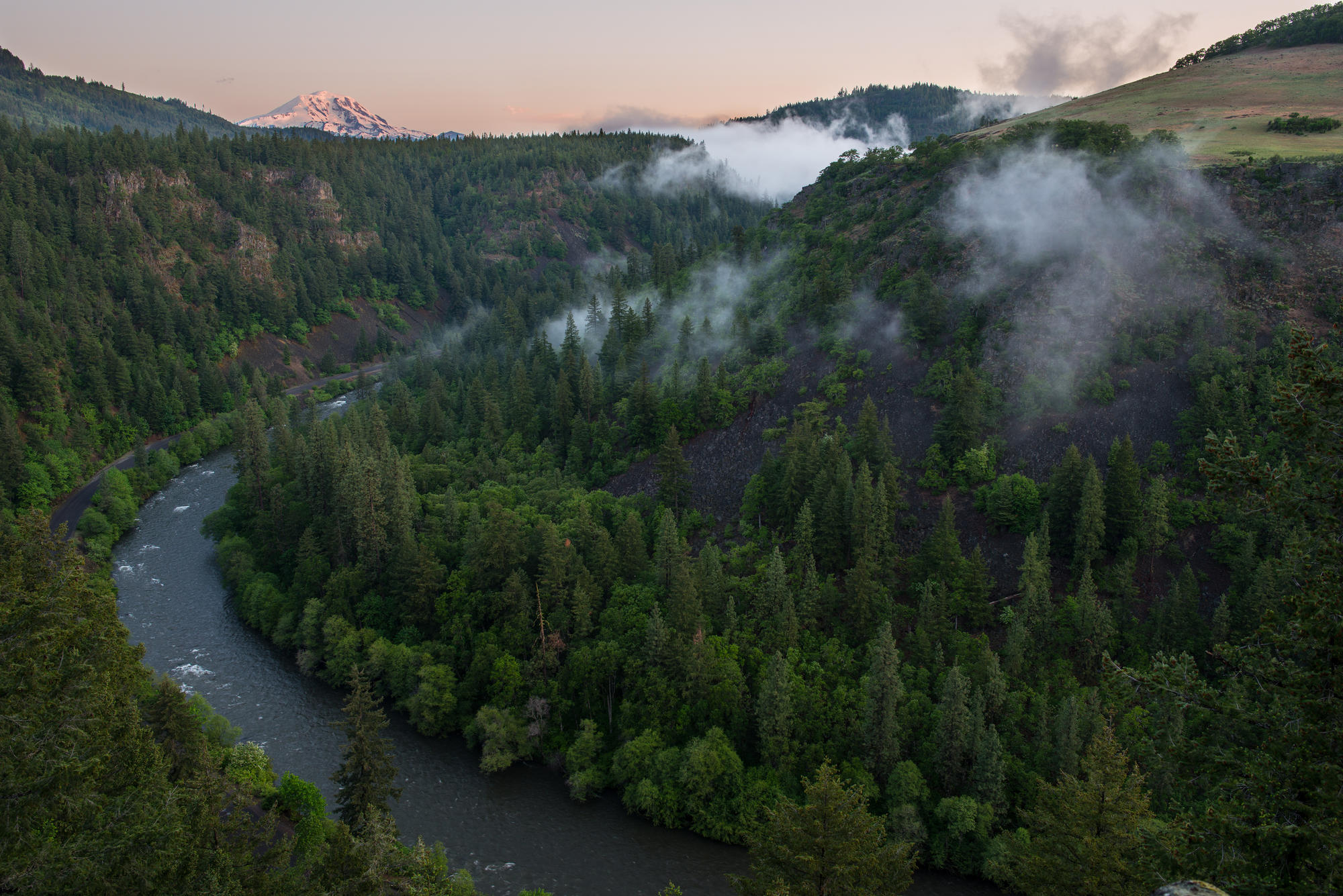The newly completed conservation area in south-central Washington is expected to protect habitat and lead to a more resilient forest. Conservation groups say this is a big step toward connecting important ecosystems in the area.
“Comprehensive conservation gives [wildlife] the space and the varied landscapes they need to thrive,” said Jay Kosa, spokesperson for the Columbia Land Trust.
Kosa said it took about 12 years, but the conservation organization has now acquired about 11,000 acres to connect public and tribal conservation lands.
The Yakama Nation supported the completion of the conservation area, which lies within its ancestral lands.
“It is important to share the understanding of the importance of enhancing and protecting these significant aquatic and ecological places because a watershed like the Klickitat is the last of its kind,” Yakama Nation Natural Resources Superintendent Phil Rigdon said in a news release.
Kosa said this conservation area will help bridge gaps in the ecosystem.
“If it were to be developed or fragmented by being sold into parcels, it would really interrupt the ability for wildlife to move across the landscape,” Kosa said.
Cherie Kearney, forest conservation director of the Columbia Land Trust, says land connectivity will help wildlife adapt to a changing climate. It gives them easier access to higher elevations as temperatures warm.
“As the temperature warms, there can be places that have gradient; they have topography and diversity, allowing animals to spread out a little bit, incrementally toward new habitat,” Kearney said.
She said the groups will start to manage the area to create forestry jobs and make the area more resistant to wildfire. Kearney said the group will harvest timber more for “conservation forestry,” which includes thinning and some revenue harvest.
“It’ll all be balanced toward creating an older, bigger forest,” she said.
This story was originally published at Northwest Public Broadcasting on July 21, 2020.



